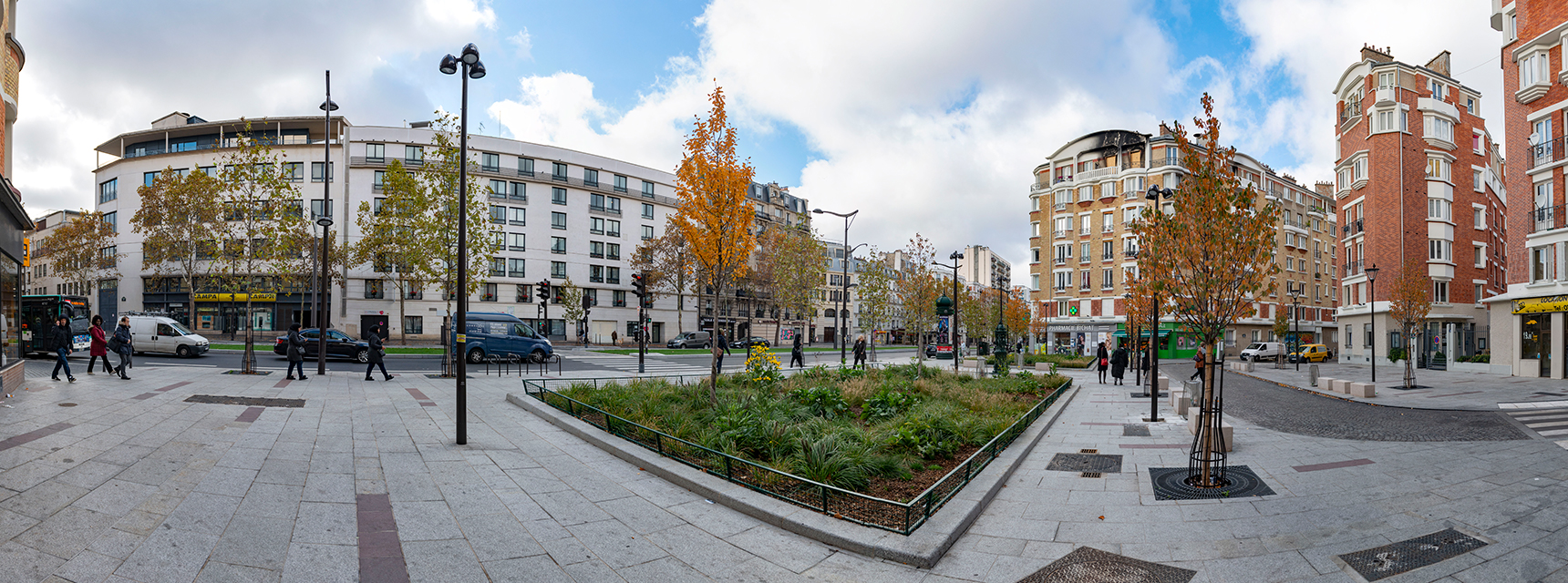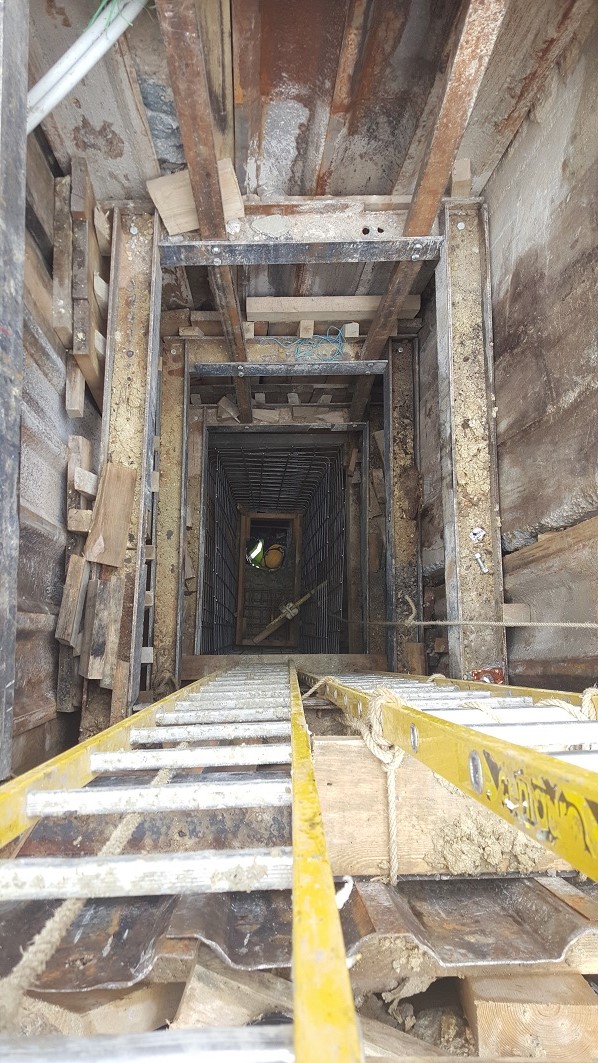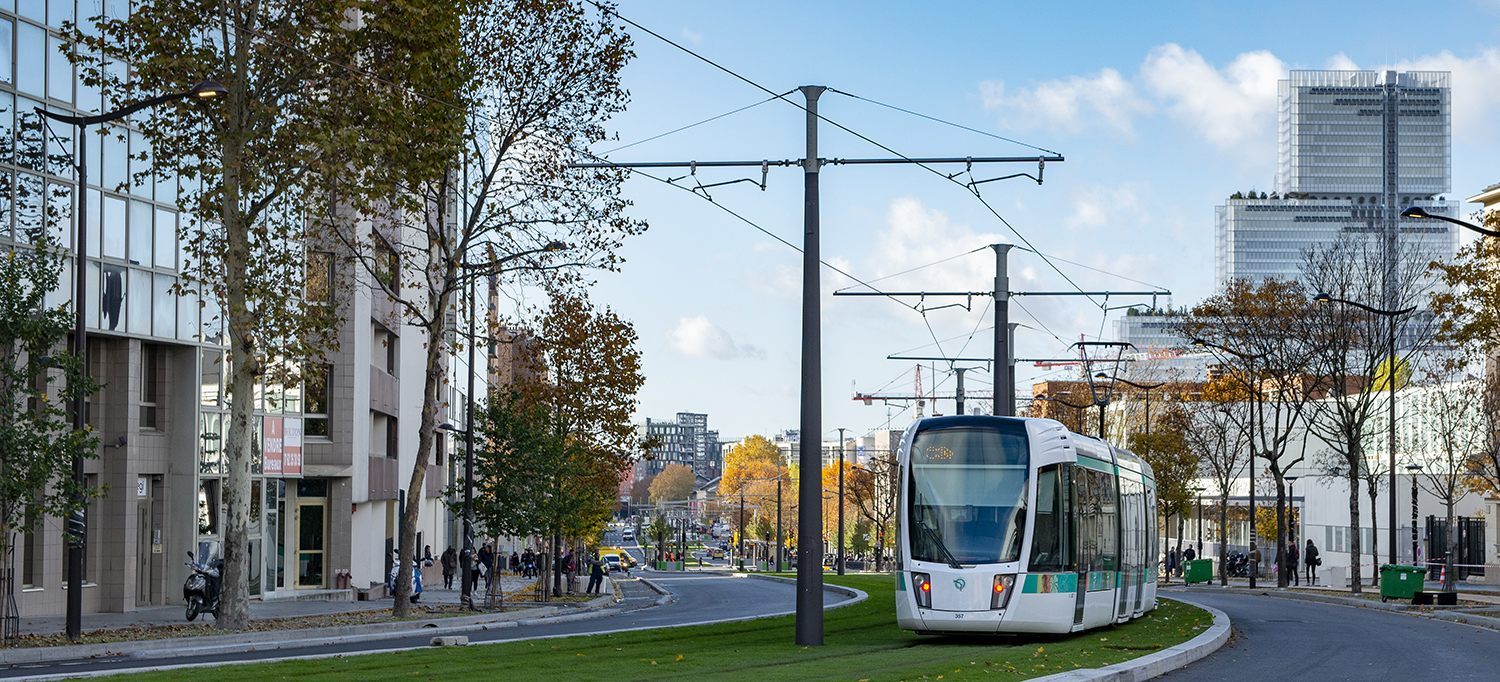Project
The tramway line T3 extension takes place, on the northern boulevards of Paris outskirt, from Porte de la Chapelle to Porte d’Asnières, a prosperous and diverse neighbourhood. This project is an opportunity for an urban renewal and new development of the crossed area.
The project tackles two major issues: the improvement of the urban mobility and the historic rehabilitation of the “Boulevards des Maréchaux” (Paris inner ring road).

Services
setec tpi is the leader of the project management consortium (design and works) for the urban and landscape development. As such, it assures the following services:
- coordination and supervision of the interactions within the consortium
- full technical design of the project, while respecting functional constraints (design, insertion, levelling, drainage, sanitation) and incorporating lighting, signage (traffic light and signs) and landscape inputs
- managing the tender process: producing the documents related to the request for proposal and answering the questions of the bidders
- analysis of bidders’ proposals
- works supervision of sanitation and infrastructure works, as well as the construction of the main civil engineering structures
- scheduling, steering and coordination
- utility networks’ synthesis
- commissioning of the works

Key information
Client: City of Paris
Consortium leader: setec tpi
Partners: agence Reichen et Robert & Associés, setec is
Period: 2013 – 2019



